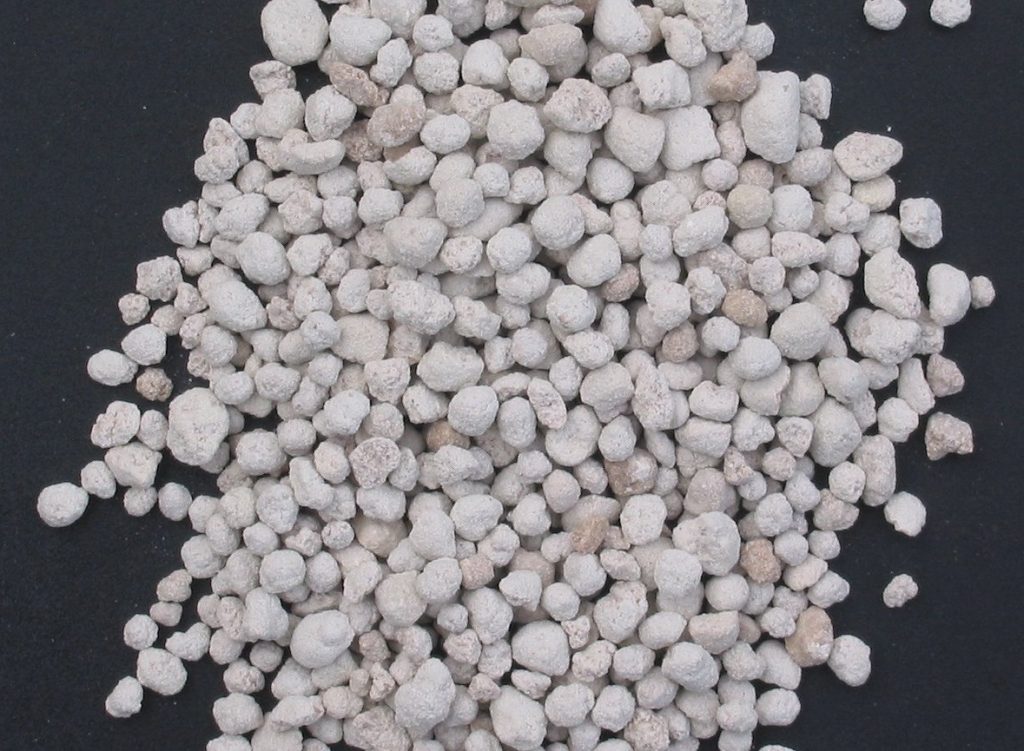Lack of reporting of phosphorus supply chain 'dangerous for global food security'

A new study shows that the lack of reporting on the global phosphorus supply chain can indirectly be dangerous for global food security.
Our global food production system uses 53 million ton of phosphate fertilizers annually, processed from 270 million tonnes of mined phosphate rock.
Estimates show up to 90% phosphate loss from mine to fork. A considerable part of this loss is phosphate pollution in water, some of which creates "dead zones," areas where little or no marine life can survive.
With an increase in food demand by 60% towards 2050, food production systems will need even more phosphate fertilizers.
But there is little understanding about where the fertilizers come from and where go to.
The UN estimates a population increase to 9 billion by 2050, correlated with a 60% increase in food demand.
A key variable for food production is the supply of phosphate fertilizers, most of which come from the mining and processing of phosphate rock.
Only a handful of countries produce and export phosphate rock and phosphate fertilizers in a market that is tending towards a Moroccan monopoly.
The later stages of the supply chain also see up to 90% losses and the transformation of phosphorus from a valued resource into one of the main causes for eutrophication.
A new study conducted at Stockholm University and the University of Iceland shows that while Phosphorus is a key element to global food security, its supply chain is a black box.
"Cradle-to-grave reporting along the phosphorus supply chain can reveal the untold story about the social, environmental, ethical and economic price we pay for the food we see on our supermarket shelves," says Eduard Nedelciu, researcher at the Department of Physical Geography at Stockholm University and main author of the study.
"It can also help countries -- most of which are dependent on phosphate imports -- tailor better policies to decrease the vulnerability of their agricultural sector."
The study, which is part of a larger European research project called Adaptation to a new Economic Reality identifies four main challenges with reporting on phosphorus and phosphate fertilizers.
First, terminologies and methodologies that are used to report on phosphate deposits are not harmonized and sometimes not transparent -- this makes estimations of reserves and resources inaccurate and unreliable.
Second, the phosphorus supply chain has up to 90% losses, which are poorly documented. Losses occur along all segments of the supply chain and this fragmentation of information makes it hard to accurately report on how much is lost and where. Better reporting could help design methods to decrease losses and increase efficiency.
Third, there are environmental and social consequences occurring along the supply chain of phosphorus. For example, mining and processing phosphate rock is polluting water bodies and is dangerous to human health.
Fourth, open access to data along the phosphorus supply chain is lacking. The authors reinforce the idea that public knowledge on phosphorus and its supply chain is necessary due to its direct link to food, a basic human right.
Marie Schellens puts the study into perspective: "Phosphorus information is power. Reliable and regular data gathering can leverage corporate social responsibility as well as political action.
"Both are needed to tackle many of the issues identified along the supply chain. Transparency can foster a sustainable and socially just supply chain for decades to come."














































